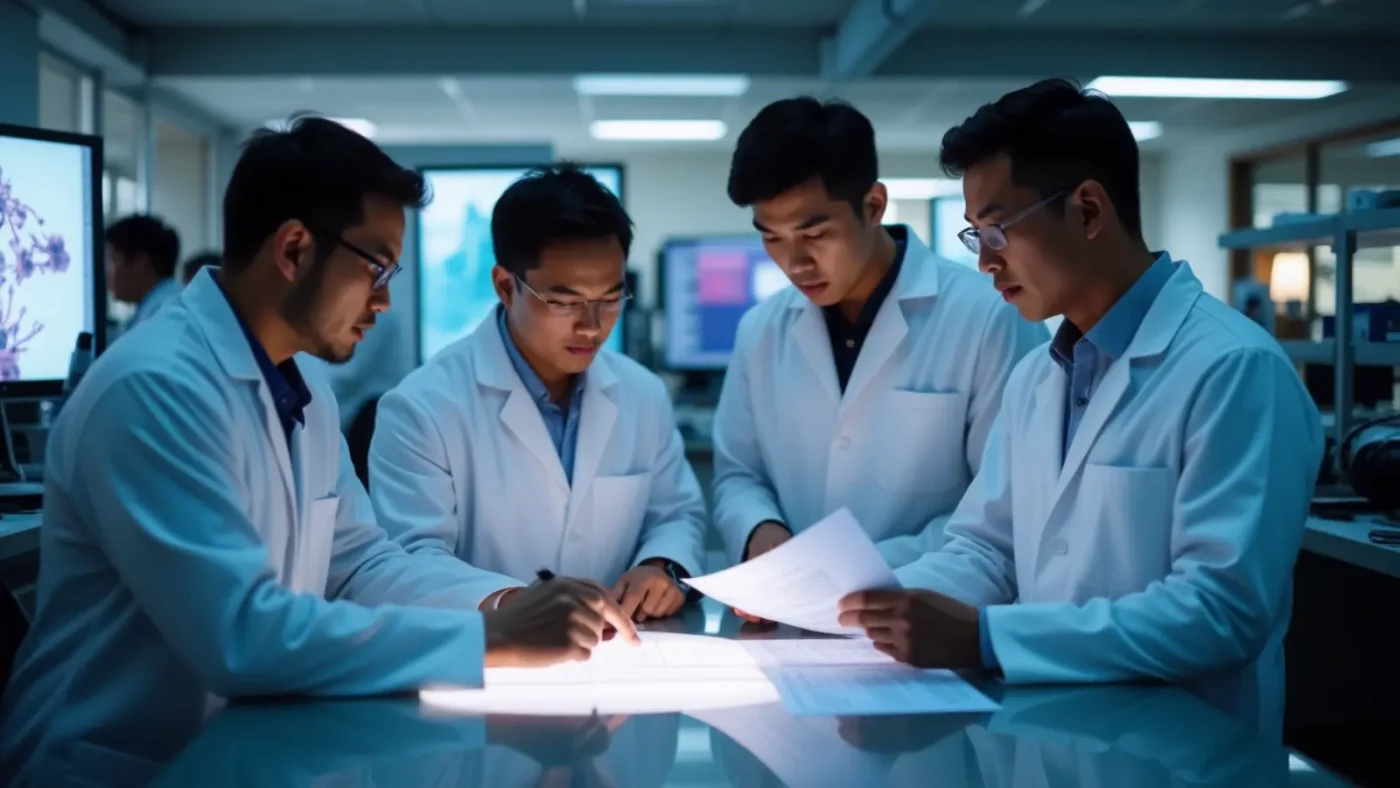In a stark reflection of a broader national crisis, Quezon City has reported 421 new HIV cases from January to May 2025, a 7.7 percent increase compared to the same period last year. This alarming rise, coupled with a 500 percent surge in HIV cases across the Philippines as reported by the Department of Health (DOH), has intensified calls for a national public health emergency. As local authorities ramp up efforts to combat the epidemic, questions linger about the long-term effectiveness of these measures and the systemic challenges fueling the spread.
Rising Numbers and Vulnerable Populations
The Quezon City government disclosed on Sunday that the 421 new diagnoses mark a significant uptick from the 391 cases recorded in the first five months of 2024. Particularly concerning is the demographic breakdown: 35 percent of those diagnosed, or 149 individuals, belong to the Young Key Population aged 15 to 24 years, with 40 percent of them being students. This trend underscores the urgent need for targeted interventions among younger demographics, who are disproportionately affected by the virus.
The city’s data also reveals a “consistent and significant rise” in HIV testing over the past three years. From January to May 2025, 21,000 individuals underwent testing, a 16.7 percent increase from 2024, 22.5 percent more than in 2023, and a staggering 60 percent higher than in 2022. While this uptick in testing is a positive step toward early detection, it also highlights the growing scale of the epidemic as more cases are identified.
National Context: A Call for Emergency
The situation in Quezon City mirrors a graver national trend. The DOH has reported a 500 percent increase in HIV cases across the Philippines, prompting the agency to urge the government to declare a national public health emergency. Such a declaration, if approved, could unlock additional resources, streamline coordination between national and local agencies, and elevate public awareness campaigns to curb the spread of the virus.
HIV remains a critical public health issue in the Philippines, where stigma, limited access to education, and uneven healthcare infrastructure exacerbate the challenges of prevention and treatment. The DOH’s call for emergency measures signals a recognition of the crisis’s severity, but the path to implementation remains uncertain amid bureaucratic and budgetary constraints.
Local Response: Clinics and Innovative Programs
In response to the surge, Quezon City Mayor Joy Belmonte has emphasized the local government’s commitment to ensuring that patients receive necessary treatment through the city’s Social Hygiene Clinics. These facilities, alongside specialized Sundown Clinics, are being expanded across five of the city’s six districts, with plans to open Klinika Talipapa in District 6 by 2026, completing a citywide network of accessible care.
“These clinics offer free and confidential services such as HIV and AIDS testing, Pre-Exposure Prophylaxis (PrEP), Post-Exposure Prophylaxis (PEP), Antiretroviral Therapy (ART), counseling, as well as testing and treatment for other sexually transmitted infections” said a city government spokesperson. The facilities are designed to accommodate diverse schedules, operating beyond regular clinic hours to ensure accessibility and privacy for those with long or irregular work shifts.
Among the innovative initiatives is Klinika Eastwood’s “Drive, Park, and Test” program, which allows clients to receive HIV testing without leaving their vehicles. This approach not only reduces barriers to testing but also addresses privacy concerns, encouraging more individuals to seek diagnosis and care. The city government has pledged to further enhance early detection, holistic treatment, and proactive prevention strategies as part of its comprehensive response to the crisis.
Challenges in Addressing the Epidemic
Despite these efforts, significant challenges persist. The high proportion of young people among new diagnoses points to gaps in sexual health education and awareness campaigns targeting schools and universities. Many young individuals lack access to accurate information about HIV prevention, and cultural stigma around discussing sexual health further compounds the issue. Without robust educational outreach, the cycle of transmission risks perpetuating among vulnerable populations.
Access to treatment also remains uneven. While Quezon City’s clinic network is a step forward, rural and underserved areas across the Philippines often lack similar infrastructure. Antiretroviral Therapy (ART), which is critical for managing HIV and preventing its progression to AIDS, is not universally available, and supply chain issues can disrupt consistent access to medication. For those in remote regions, the cost of travel to urban centers for testing and treatment can be prohibitive, even when services are free.
Moreover, the stigma associated with HIV continues to deter individuals from seeking testing or disclosing their status. Fear of discrimination in workplaces, communities, or even within families can lead to delayed diagnosis and treatment, increasing the risk of transmission. Addressing this requires not only medical interventions but also broader societal shifts to normalize conversations about HIV and dismantle harmful stereotypes.
Broader Implications for Public Health Policy
The HIV surge in Quezon City and across the Philippines raises critical questions about the adequacy of current public health policies. The DOH’s push for a national emergency declaration highlights the need for a coordinated, multi-level response that transcends local initiatives. Such a declaration could facilitate increased funding for HIV programs, expand access to PrEP and PEP, and strengthen partnerships with non-governmental organizations and international health bodies.
However, funding remains a perennial obstacle. The Philippine government faces competing budgetary priorities, including infrastructure development and disaster response in a country prone to natural calamities. Allocating sufficient resources to HIV prevention and treatment will require political will and public advocacy to ensure that the issue does not fall off the national agenda.
International support could also play a pivotal role. Organizations like UNAIDS and the Global Fund have historically supported HIV programs in the Philippines, providing technical expertise and financial assistance. Strengthening these partnerships could help scale up testing and treatment initiatives, particularly in underserved regions. Yet, reliance on external funding raises concerns about sustainability and the need for domestic mechanisms to eventually take the lead.
Community and Individual Action
Beyond government and institutional responses, community engagement is vital in curbing the HIV epidemic. Grassroots organizations and local advocates have long played a key role in raising awareness and providing support to those affected. In Quezon City, partnerships between the local government and civil society groups could amplify the reach of prevention campaigns, particularly among high-risk populations.
At the individual level, access to information and resources can empower people to take proactive steps. Regular testing, practicing safe sex, and seeking timely treatment are critical measures that can significantly reduce transmission rates. Programs like “Drive, Park, and Test” demonstrate how innovative approaches can lower barriers to these essential actions, but broader public education is needed to ensure widespread adoption.
Looking Ahead: A Race Against Time
As Quezon City grapples with a 7.7 percent rise in HIV cases and the Philippines faces a national surge of unprecedented scale, the urgency of the situation cannot be overstated. Local initiatives, while commendable, are only part of the solution in a crisis that demands systemic change. With the DOH advocating for a public health emergency declaration, the coming months will test the government’s ability to mobilize resources and rally public support for a comprehensive response.
For now, the resilience of communities and the dedication of healthcare workers remain a beacon of hope. Yet, as new diagnoses continue to climb, the question remains: can the Philippines turn the tide against HIV before the epidemic spirals further out of control?
















